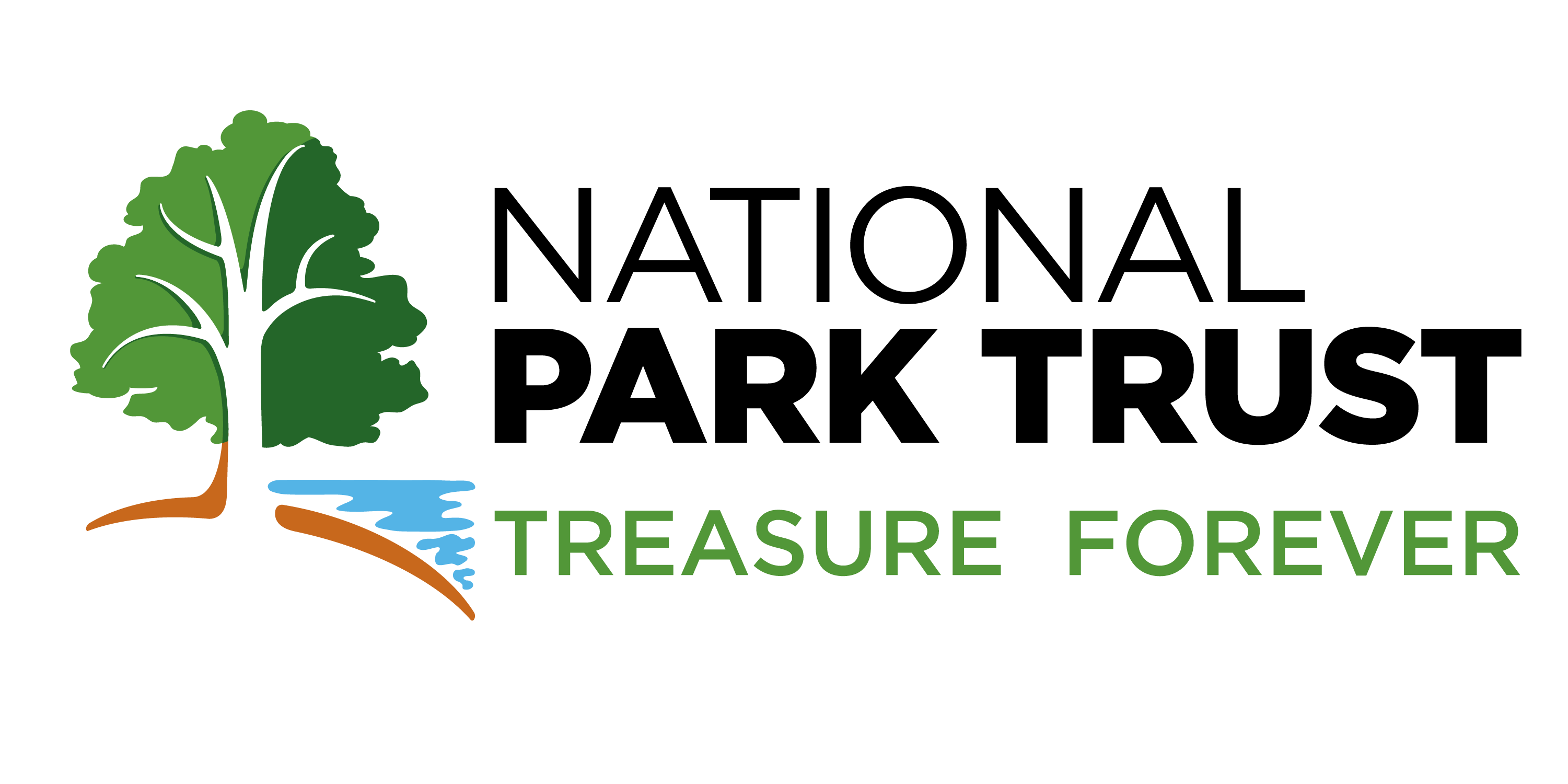The First of Its Kind: Waterton-Glacier International Peace Park
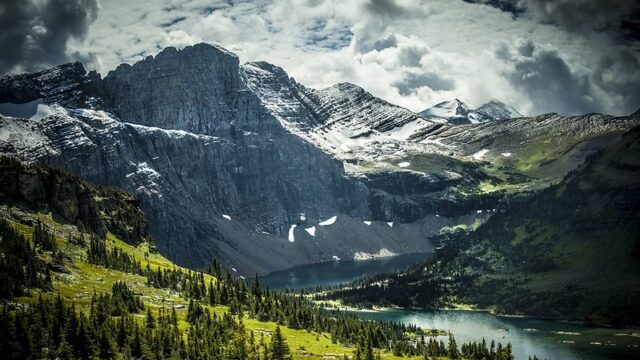
The U.S. and Canada share many things: an international border, holidays in July, and the dollar currency, and several national park sites.
While there are five national parks in the U.S. that share a border with Canada, Glacier National Park has one of the best stories of international collaboration – one that resulted in the creation of a whole new type of national park. Although this U.S. park is situated in northern Montana, it shares a border with Canada’s Waterton Lakes National Park. Despite being separated by this border, the natural environment and cultural heritage of the area contained by these parks extend beyond an international boundary.
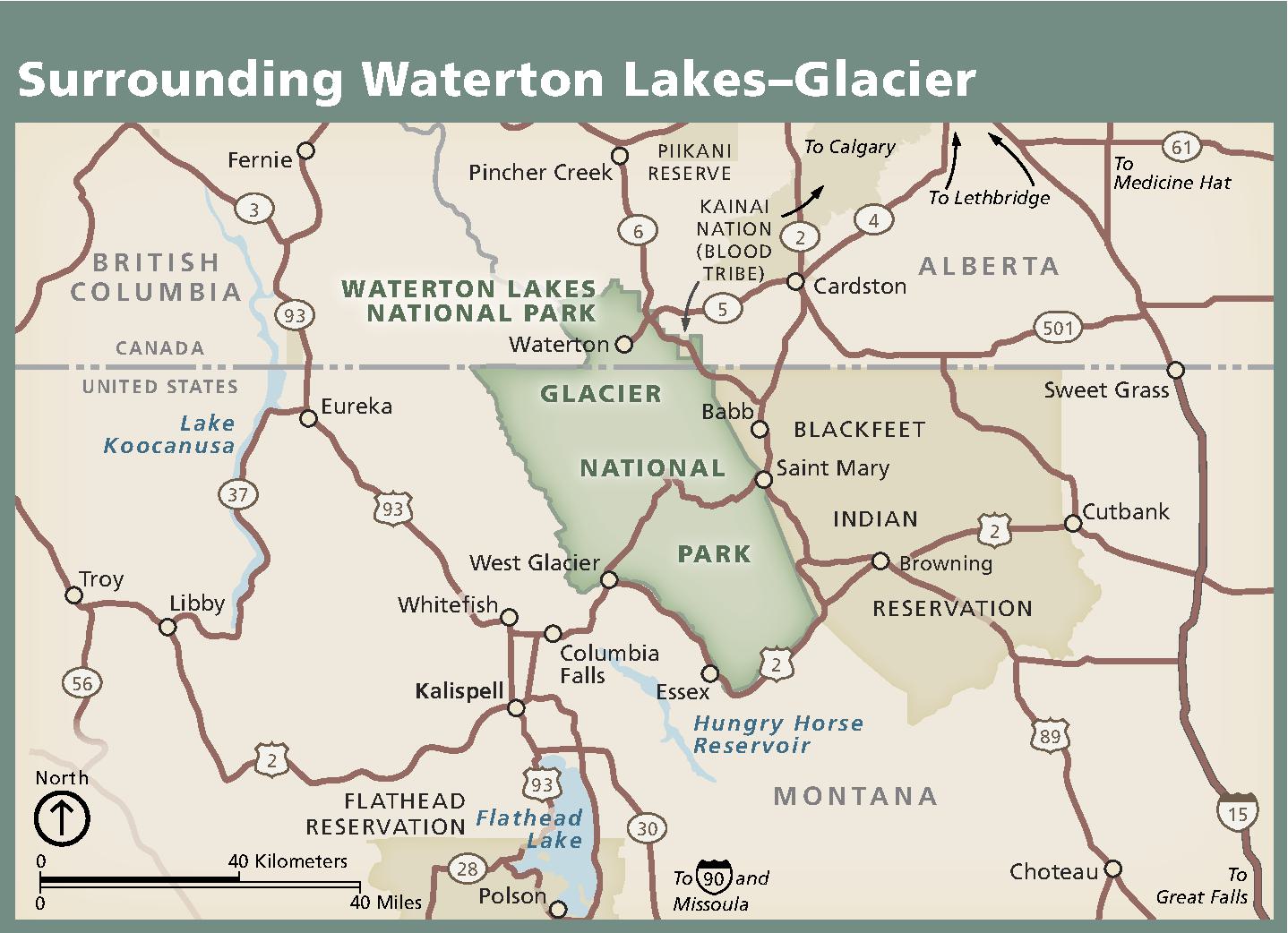
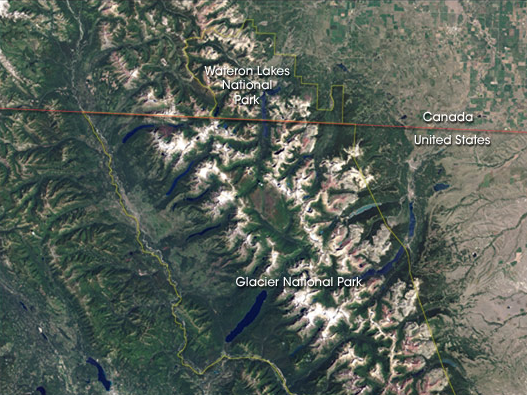
The story of the parks begins over 55 million years ago when the famous Rocky Mountains formed, the range’s expansive peaks spanning the area of both parks. Today, the ancient glaciers nestled amongst the Rockies’ summits and valleys feed the majestic waterfalls, lakes, and rivers of both national parks. And, for as long as bears, wolves, and eagles have roamed the land and skies, they have called this region their homes, wandering freely across the area, boundary or not.
Just as the natural environment is undeterred by a border, so is human history. The Blackfeet, Shoshore, Cheyenne, Kainai, Kootenai, and Salish Indians have all hunted, lived, and called the lands of Glacier and Waterton their home for thousands of years. They crossed the land that we know as today’s border while hunting bison, gathering useful plants, and traveling from place to place.
Because of the ecological and cultural significance between both nation’s parks, the U.S. National Park Service and National Parks of Canada teamed up in 1932 to establish a one-of-a-kind national park. The newly formed Waterton-Glacier International Peace Park became the first International Peace Park in the world, and connected the countries across an international border.
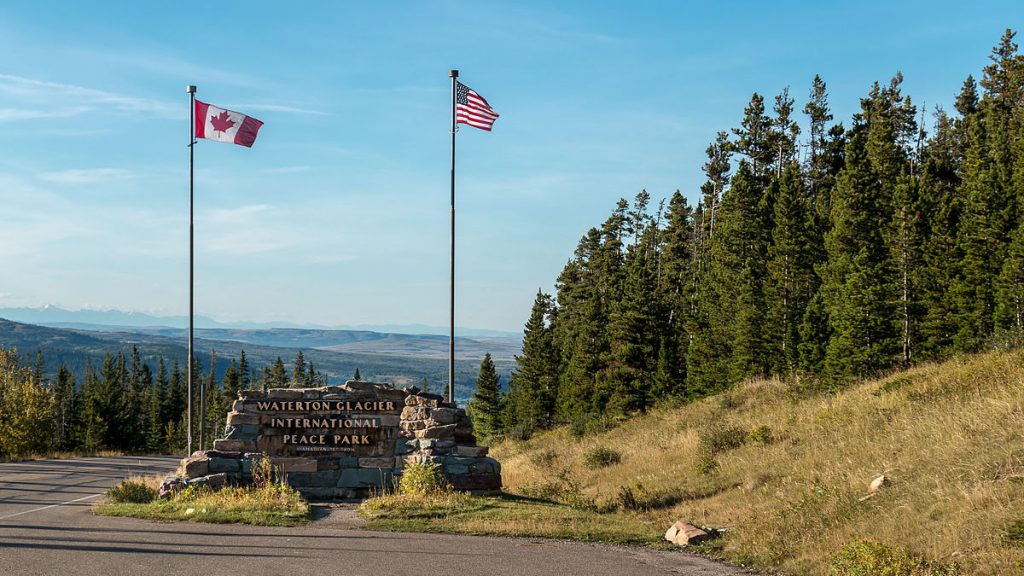
While the two parks continue to be managed separately, their coordinated efforts along the U.S.-Canada border allows the preservation of this valuable environment. The peaceful, uninterrupted boundary allows animals to roam the land and the native people’s access to their ancestral lands.
The Peace Park also enables visitors to explore both sides of the park. While there is one road crossing, a backpacking trail known as the Continental Divide National Scenic Trail also crosses the international border at Goat Haunt Ranger’s Station. For only the most adventurous of visitors, this crossing is a truly unique experience. Tucked away on the southern shore of Upper Waterton Lake, Goat Haunt is a several-day trek over mountain passes, across rivers, and through shoulder-high ferns. After backpackers arrive, their passports are checked by border control before they can continue their hike through the majestic wilderness of the park or enjoy a more relaxing day on the lake.
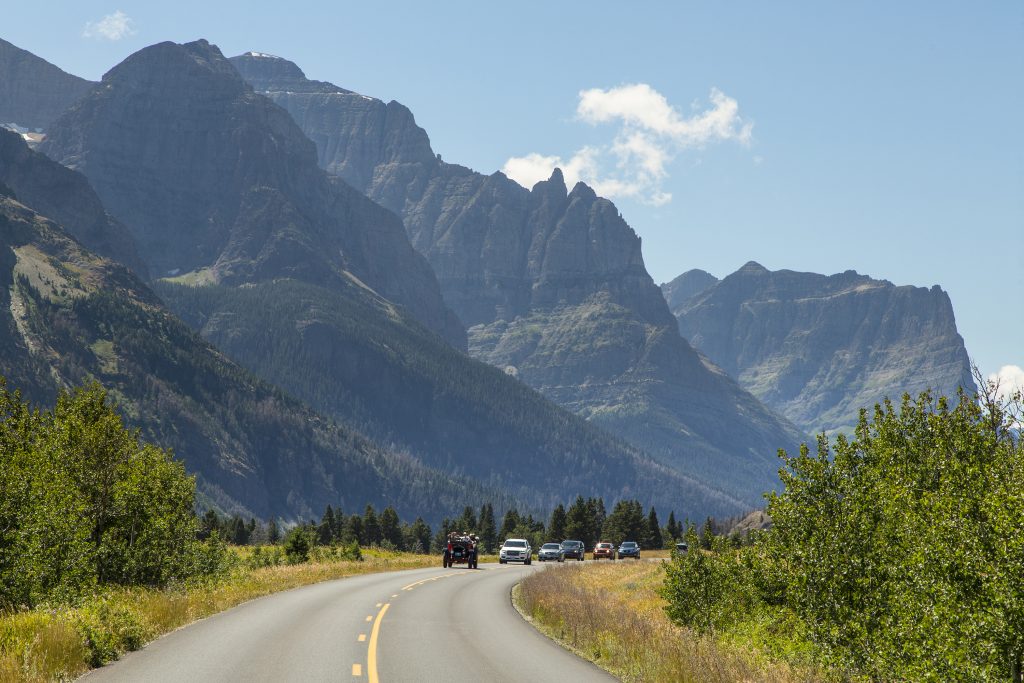

Together, the transnational environment, history, and trail system within Glacier National Park make the park an extraordinary space that should be preserved despite the international borders that divide it. Through the efforts of the Waterton-Glacier International Peace Park, the entire area has remained connected and preserved as one rather than split into two separate chunks at the 49th parallel. And while it may have been the first Peace Park, several others now exist, and more have been established worldwide, following the example that Canada and the U.S. set for how countries can preserve their shared environments.
If you want to learn more about shared international park sites, check out Saint Croix Island International Historic Site and Roosevelt Campobello International Park.
